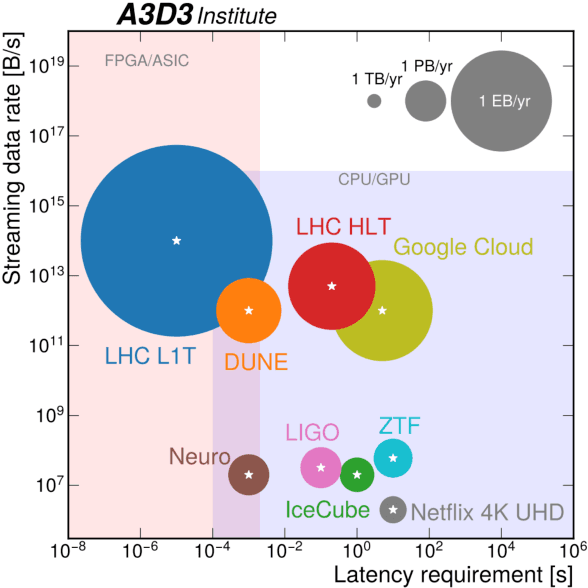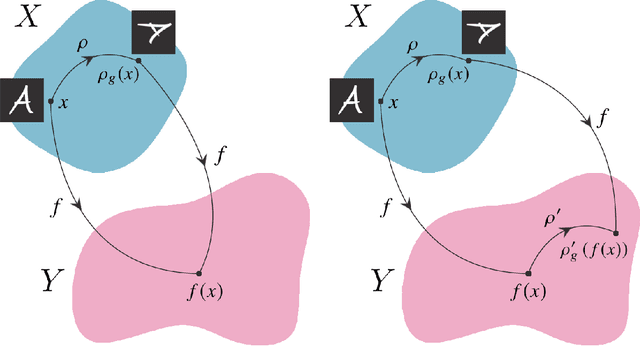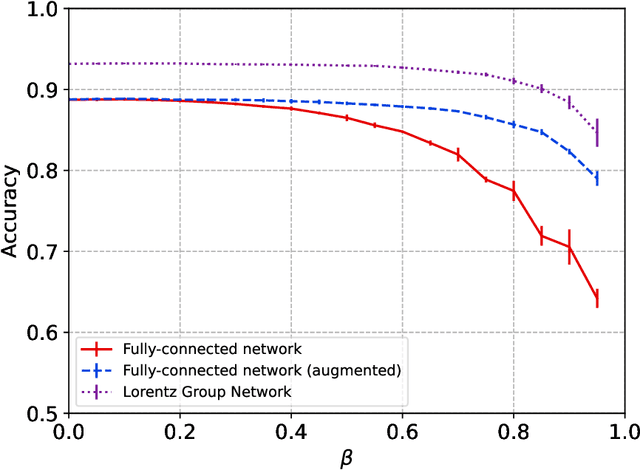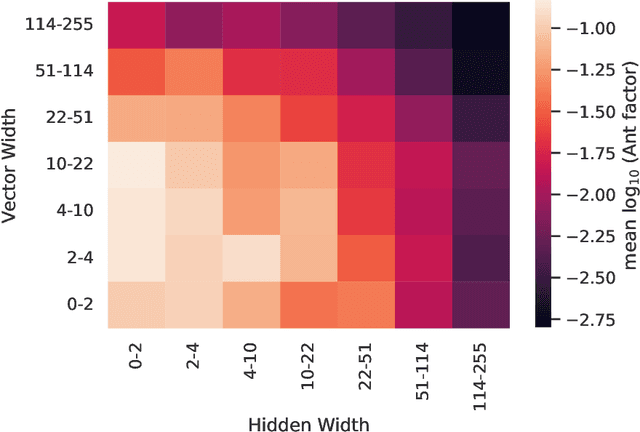Phiala Shanahan
Snowmass 2021 Computational Frontier CompF03 Topical Group Report: Machine Learning
Sep 15, 2022
Abstract:The rapidly-developing intersection of machine learning (ML) with high-energy physics (HEP) presents both opportunities and challenges to our community. Far beyond applications of standard ML tools to HEP problems, genuinely new and potentially revolutionary approaches are being developed by a generation of talent literate in both fields. There is an urgent need to support the needs of the interdisciplinary community driving these developments, including funding dedicated research at the intersection of the two fields, investing in high-performance computing at universities and tailoring allocation policies to support this work, developing of community tools and standards, and providing education and career paths for young researchers attracted by the intellectual vitality of machine learning for high energy physics.
Symmetry Group Equivariant Architectures for Physics
Mar 11, 2022


Abstract:Physical theories grounded in mathematical symmetries are an essential component of our understanding of a wide range of properties of the universe. Similarly, in the domain of machine learning, an awareness of symmetries such as rotation or permutation invariance has driven impressive performance breakthroughs in computer vision, natural language processing, and other important applications. In this report, we argue that both the physics community and the broader machine learning community have much to understand and potentially to gain from a deeper investment in research concerning symmetry group equivariant machine learning architectures. For some applications, the introduction of symmetries into the fundamental structural design can yield models that are more economical (i.e. contain fewer, but more expressive, learned parameters), interpretable (i.e. more explainable or directly mappable to physical quantities), and/or trainable (i.e. more efficient in both data and computational requirements). We discuss various figures of merit for evaluating these models as well as some potential benefits and limitations of these methods for a variety of physics applications. Research and investment into these approaches will lay the foundation for future architectures that are potentially more robust under new computational paradigms and will provide a richer description of the physical systems to which they are applied.
 Add to Chrome
Add to Chrome Add to Firefox
Add to Firefox Add to Edge
Add to Edge